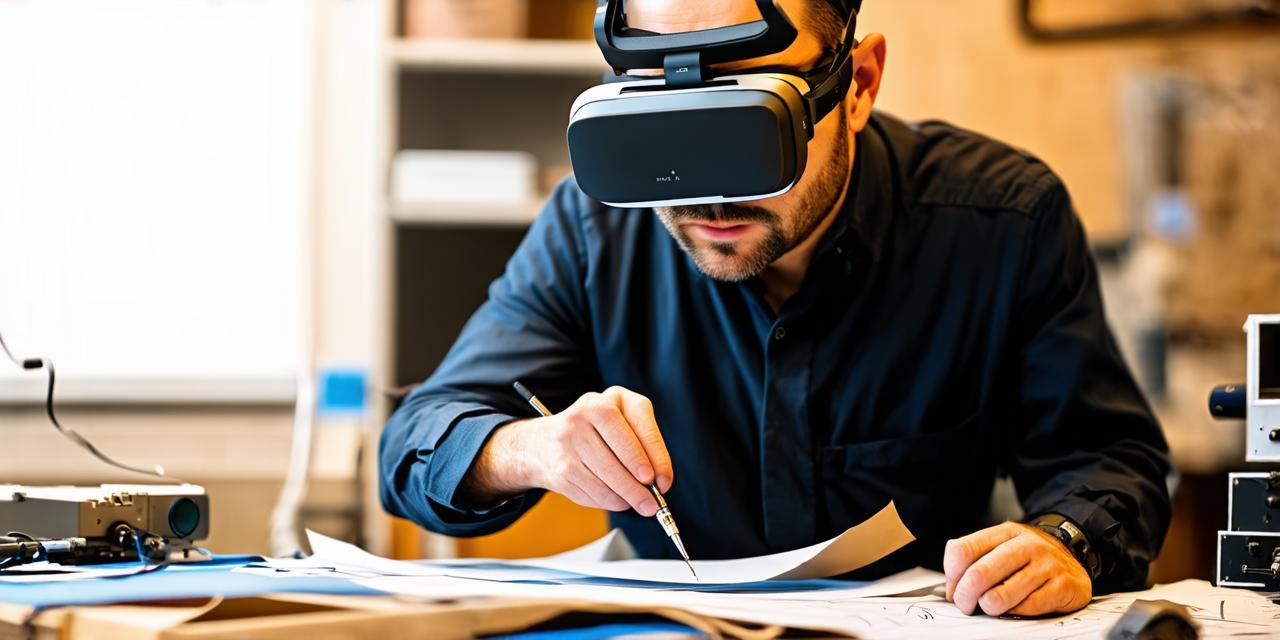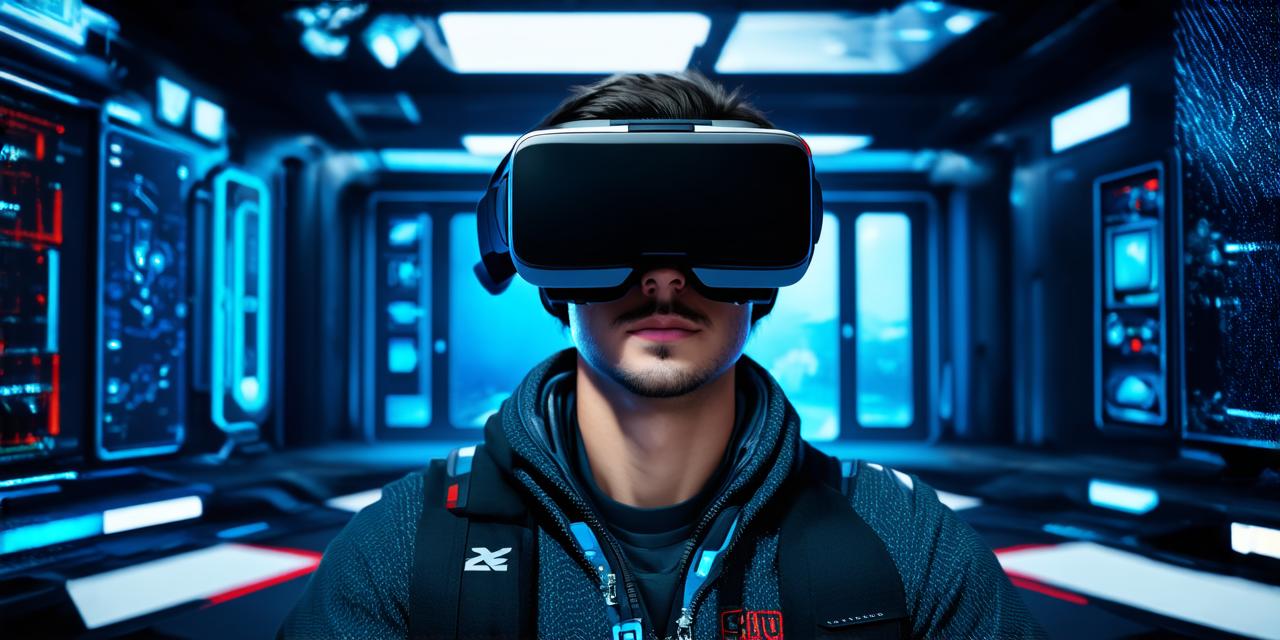Introduction
Virtual Reality (VR) is a revolutionary technology that has captivated the world with its immersive and interactive experiences. But when did this fascinating journey begin? Let’s delve into the history of VR and trace its origins.
The Conceptualization of Virtual Reality

The concept of virtual reality can be traced back to the 1930s, although it wasn’t called “virtual reality” at that time. The first mention of a precursor to VR was in a science fiction short story by Stanley G. Weinbaum titled “Pygmalion’s Spectacles,” published in 1935. In this story, the protagonist wears a pair of spectacles that allow him to see and interact with virtual environments.
The Birth of Virtual Reality
The term “Virtual Reality” was coined by Jaron Lanier, an American computer scientist, musician, visual artist, and writer, in 1987. However, the roots of modern VR can be traced to the 1960s when researchers at the University of Utah, Ivan Sutherland and his student Bob Sproull, developed the first head-mounted display (HMD) called the “Sword of Damocles.” This device was a bulky HMD suspended from the ceiling, limiting its practicality but marking a significant step towards VR.
The Evolution of Virtual Reality
In the 1970s and 1980s, researchers continued to develop VR technology. Myron Krueger’s “Videoplace” system in 1975 was one of the earliest examples of a fully interactive virtual environment. In 1982, Thomas A. Furness III developed the “CAVE,” a room-sized, multi-walled, stereoscopic display system that provided an immersive VR experience.
The Resurgence of Virtual Reality
The resurgence of VR can be attributed to advancements in technology, particularly in the areas of graphics processing, motion tracking, and display technologies. In 2012, Oculus VR, founded by Palmer Luckey, introduced the Oculus Rift, a consumer-grade HMD that rekindled interest in VR. Since then, other companies like HTC, Sony, and Google have entered the market with their own VR devices.
Conclusion
Virtual Reality has come a long way since its conceptualization in the 1930s. From the bulky “Sword of Damocles” to the sleek Oculus Rift, VR technology has evolved significantly. Today, we stand on the brink of a new era where VR is no longer just a novelty but a promising technology with countless applications in entertainment, education, healthcare, and more. The future of virtual reality is exciting, and it’s only a matter of time before it becomes an integral part of our daily lives.



